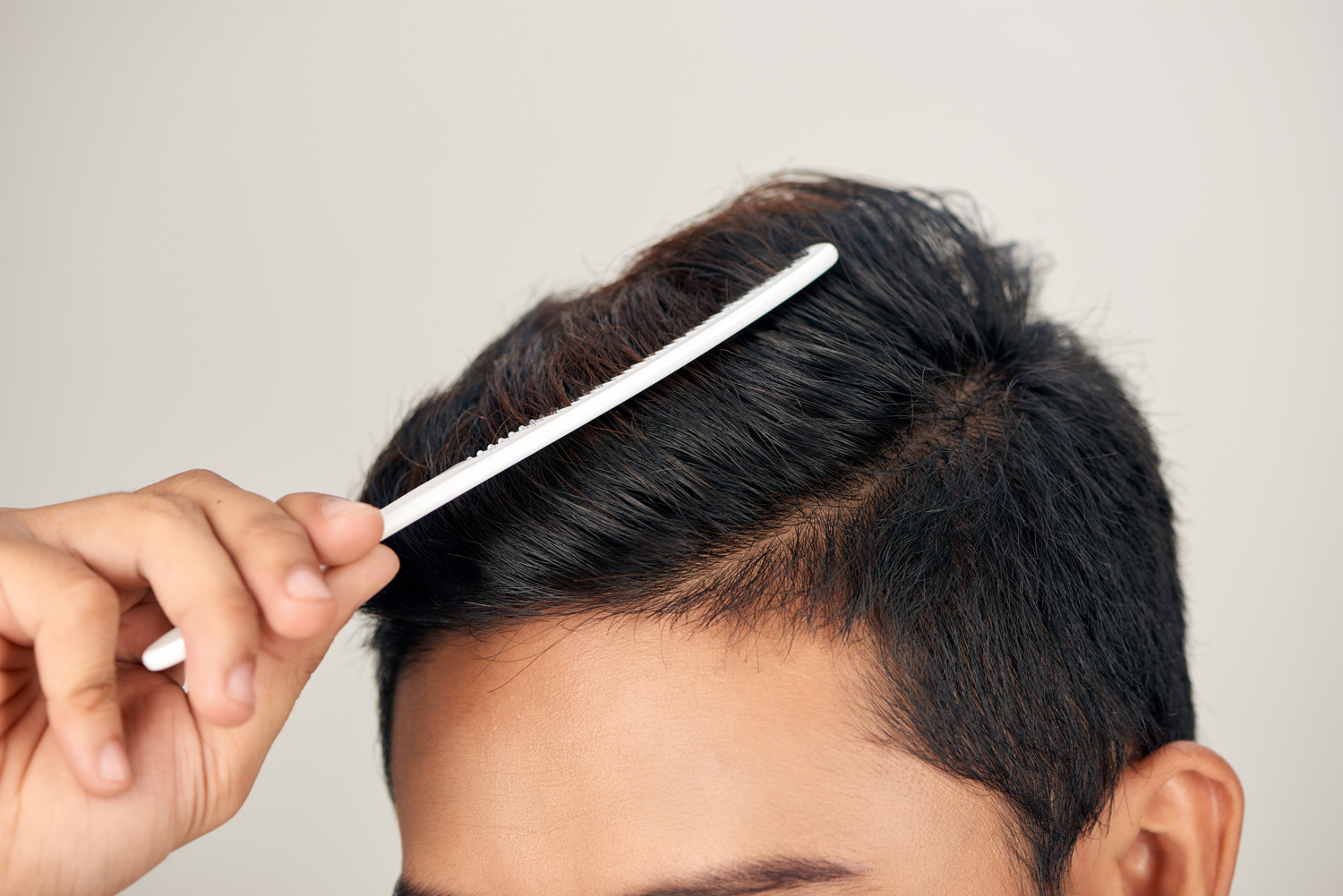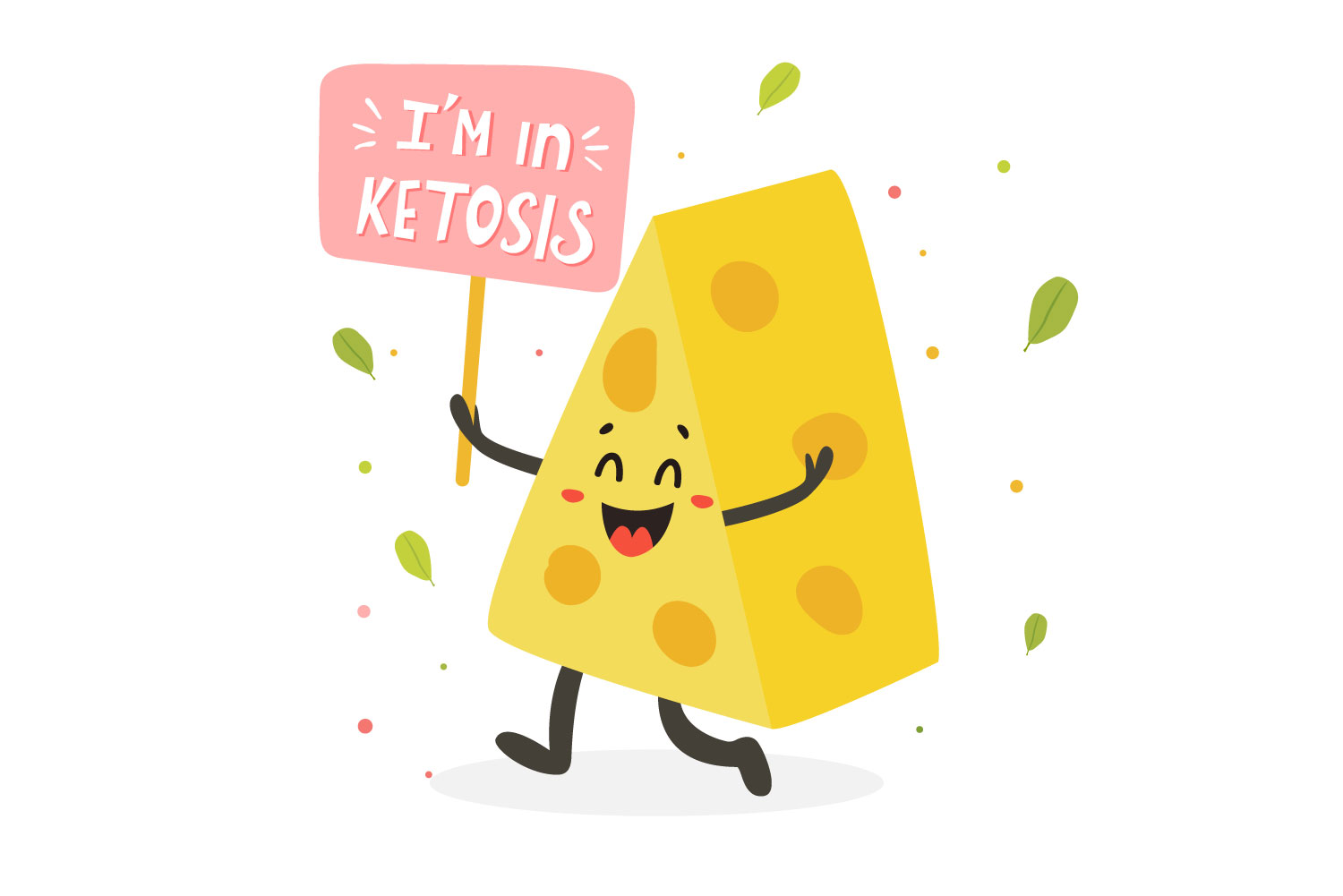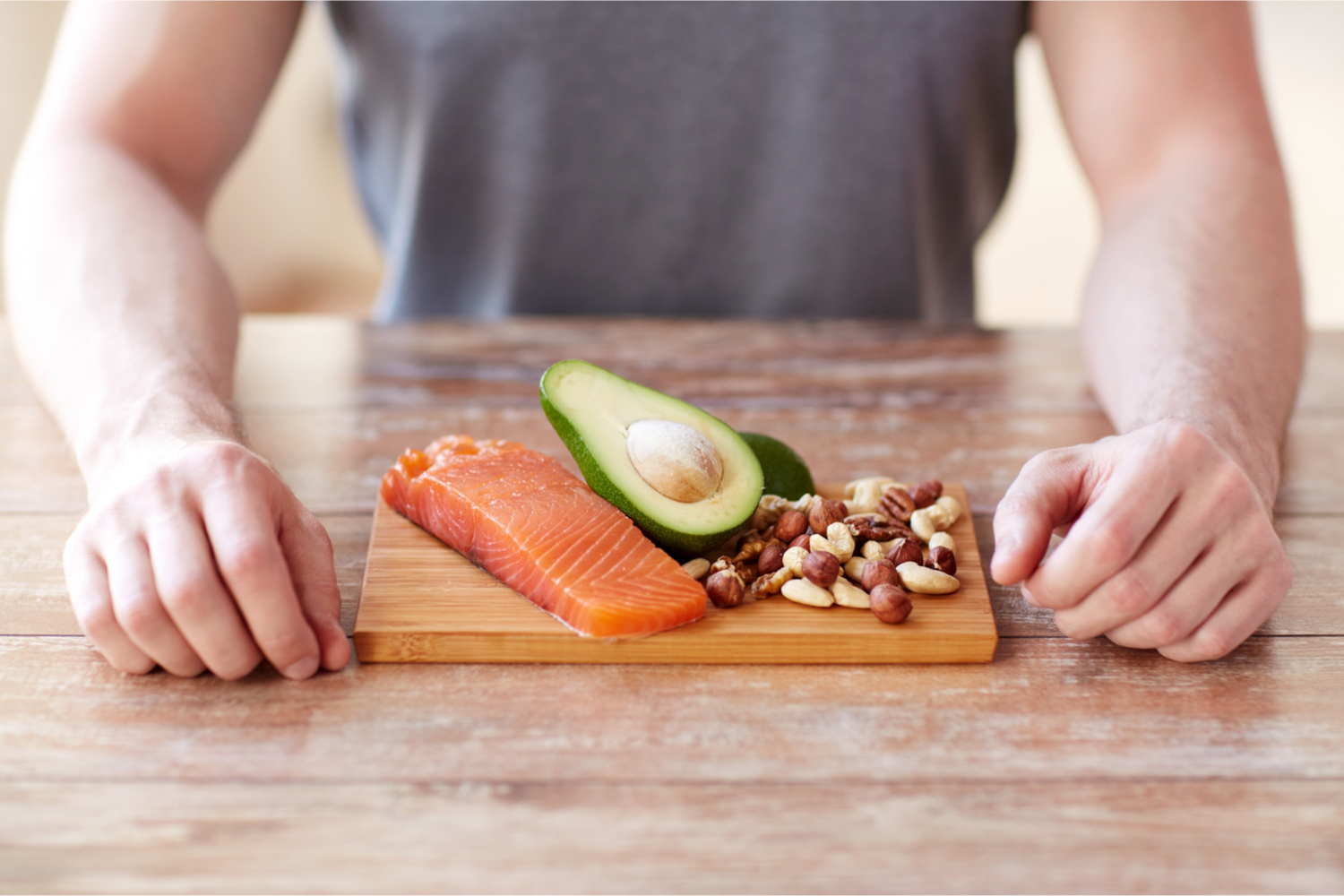SUMMARY
There are steps you can take to achieve healthier hair, and proper diet and supplementation may help support hair growth. If you’re suffering from hair loss, the first step involves figuring out the cause of the problem.
If you have a full, healthy head of hair, chances are you’d like to keep it that way for as long as possible.
And if your hair is thinning or lackluster in any way, you’re probably eager to remedy the situation.
Many of us value healthy hair. To achieve lustrous locks, we need to know a thing or two about managing hair growth.
Let’s take a look at some steps we can take to achieve healthier hair.
In this article, we will:
- Explain some basic concepts regarding hair growth
- Discuss factors that cause hair loss
- Talk about medications used to treat baldness
- Discuss natural solutions for healthy hair growth
Hair growth 101
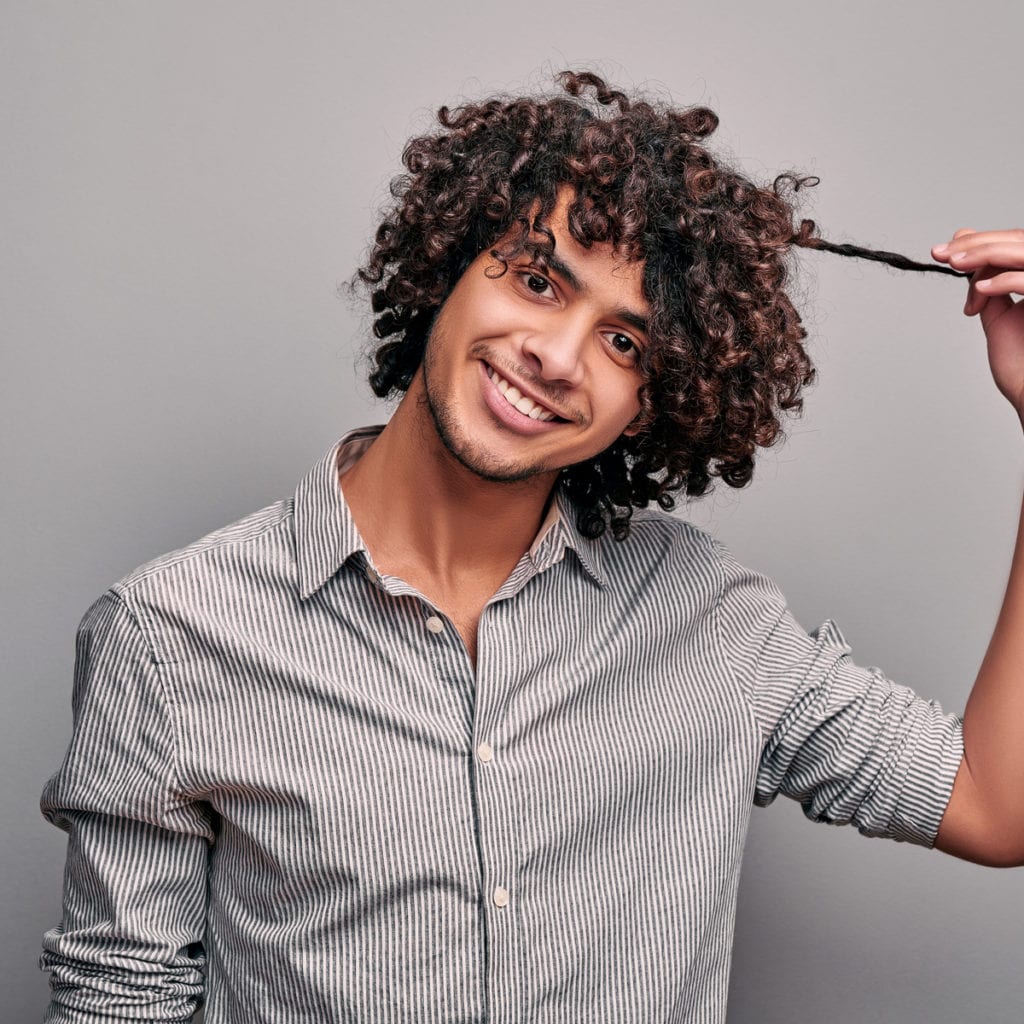
It can be helpful to understand the process that drives hair growth.
Blood, follicles and oil glands
Your hair grows from tiny pockets of skin. Each pocket is called a hair follicle. Your hair begins growing from a root at the base of the follicle, and this root is comprised of protein cells.
According to the American Academy of Dermatology Association (AAD), we’re each born with all the follicles we’ll ever have in our lifetime. From head to toe, we have 5 million follicles in total. And 100,000 of those hair follicles are located on our scalp.
So, what feeds the root and stimulates natural hair growth? The root gets its nourishment from blood provided by the blood vessels in your scalp. This blood helps create more protein cells that support the hair growth cycle.
As each hair grows, it gets pushed up through the skin, passing an oil gland during its journey. The oil gland imparts natural oils to the hair strand, and this can add sheen and softness. The oil gland may also leave the hair looking excessively greasy; this can be alleviated via washing with shampoo.
By the time the hair is long enough to emerge from the skin, it is dead. That’s why you don’t feel any pain when you cut your hair.
Hair growth cycle
You typically lose about 50 to 100 hairs on your head every day. This is perfectly natural and normal, and it happens because your scalp follicles don’t all produce hair at the same time.
Each of these scalp follicles will grow hair for a few years and then enter a resting period. During the resting period, the follicle falls out. Since these resting periods take place at varying times for all the different follicles on your head, the temporary hair loss likely won’t be visible.
The hair on the body goes through the same cycle. However, while the growth cycle on your scalp lasts years, the cycle for body hair lasts just a month or so. That’s why body hair doesn’t grow as long as the hair on your head.
What causes hair loss?
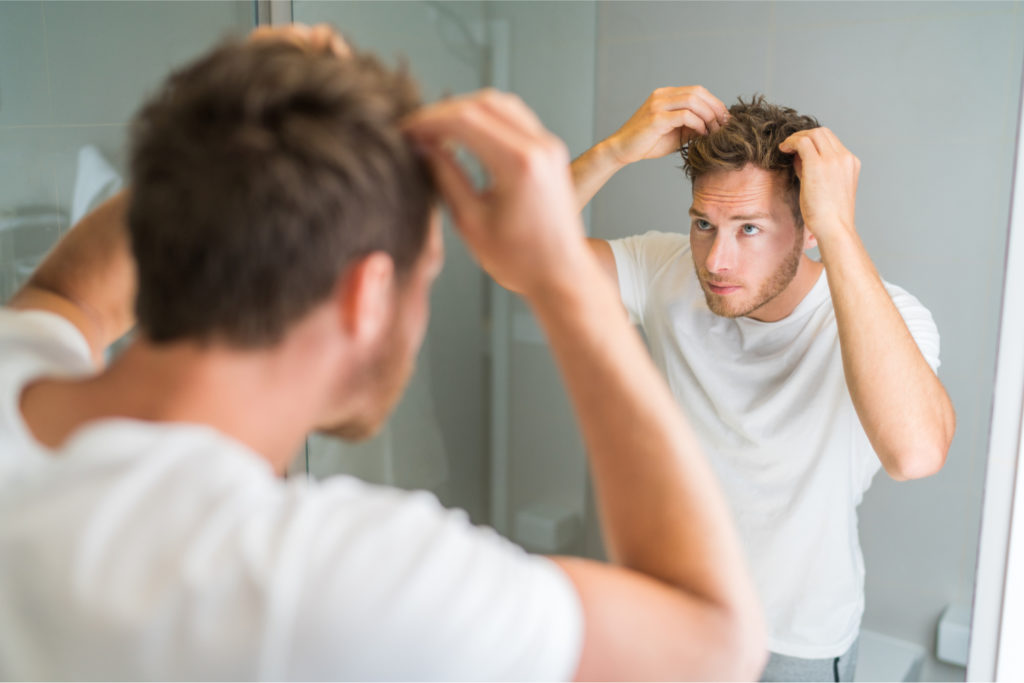
Not all hair loss is the same. This condition can be caused by different factors. It’s important to identify the factor that’s causing hair loss, since this will help determine the best course of treatment.
Here are some common causes of hair loss:
1. Hereditary hair loss
Hereditary hair loss is also known as androgenetic alopecia.
It’s been linked with inherited genes that cause hair follicles to shrink and eventually stop growing. This type of shrinkage can begin as early as a person’s teenage years, but it usually takes place much later in life. Generally speaking, the earlier you begin losing hair from this condition, the more severe it’s likely to become.
Androgenetic alopecia is the most common type of hair loss. It’s experienced by both men and women.
In men, it’s known as male pattern baldness or male pattern hair loss, and it manifests as thinning in the crown and/or the temples. In some cases, the hairline will recede to form an “M” shape. Male pattern baldness can eventually cause some men to lose all their hair.
In women, hereditary hair loss is known as female pattern baldness or female pattern hair loss. It typically shows up as an overall thinning of the hair. This will often be most noticeable in areas where the hair has been parted. In women, this type of hair loss may cause recession at the temples. Women are less likely than men to suffer total hair loss from this condition.
AAD reports that proper treatment can stop or slow hereditary hair loss. There are also treatments available that may help regrow hair.
You’ll have the best chances of achieving a successful outcome if you start treatment early. If the condition isn’t treated, hair loss is likely to continue.
2. Inadequate biotin, iron, protein or zinc

Your hair requires certain nutrients for healthy growth. Key among these are biotin, iron, protein and zinc.
According to AAD, if you’re not getting enough of these in your diet, you may experience noticeable hair loss. When hair loss is caused by this type of deficiency, regrowth will usually occur if you increase your intake of these nutrients via diet or supplementation.
3. Age
In many cases, hair growth slows as we enter our senior years. During the hair cycle, the follicles may eventually stop growing strands, and this will reduce the density of the hair on our scalp. Hair color may also fade and turn grey as we age.
In some cases, treatment can help those affected by age-related hair loss to regrow their hair.
4. Alopecia areata
Alopecia areata is an autoimmune disease, and it’s also known as spot baldness. It causes the body’s immune system to turn on the hair follicles, and this results in hair loss.
This disease can cause hair loss anywhere on the body. It can affect your scalp, your beard or the inside of your nose, and it can also cause you to lose your eyelashes or eyebrows.
According to the National Alopecia Areata Foundation, this disease affects as many as 6.8 million people in the U.S., and there’s a 2.1 percent risk that you could develop it at some point in your lifetime. It affects people of both sexes, all ages and all ethnic groups. In many cases, it makes it first appearance during childhood.
With alopecia areata, the hair follicles remain alive, and the hair may regrow at any time. Certain treatments can be used to help stimulate regrowth.
5. Chemotherapy or radiation treatment
Chemotherapy or radiation are often used to treat cancer. Both can cause you to lose some or all of your hair after treatment begins.
The hair usually begins to grow back after treatment ends, usually within a few months. There is medication available that can help speed regrowth. Also, if you wear a cooling cap before, during and after each chemotherapy session, it may prevent hair from falling out.
6. Illness and stress
A major illness can cause hair loss. The same if true of significant stress.
In the months following an illness or a surgery, you may notice that you’re losing more hair than normal. Hair loss may also be triggered by a stressful event such as divorce or the death of a loved one.
The hair will usually resume normal growth once the stress stops. Once this happens, it may take up to nine months for your hair to regain its normal fullness.
7. Hair color, perms and relaxers
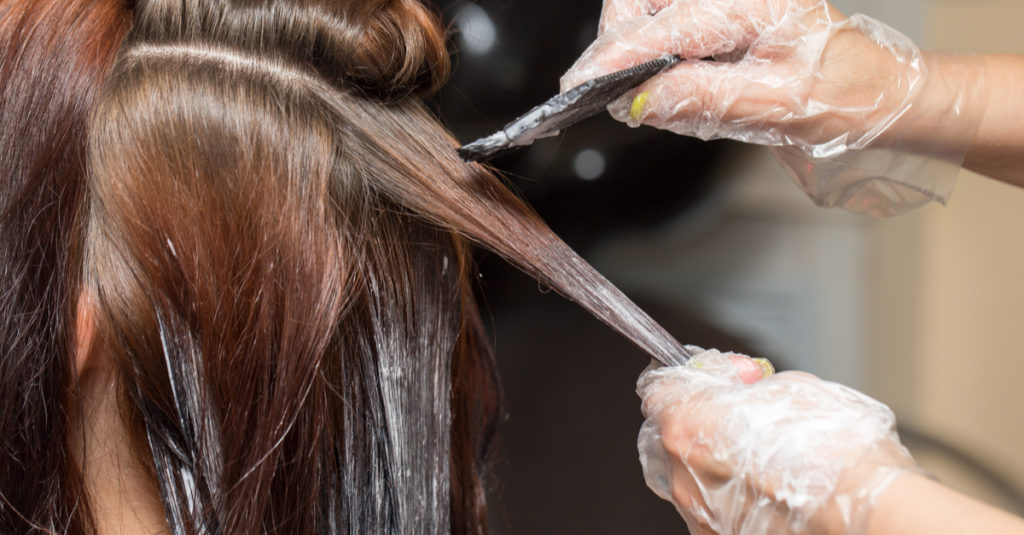
Your haircare practices can have a big impact on the health of your strands. Chemical hair color can damage your hair over time, as can perms and relaxers. This can eventually lead to thinning hair.
Once a follicle has been severely damaged, it can no longer grow hair. If your use of hair colors and perms causes many damaged follicles, you may, over time, create permanent bald spots.
8. Hormonal imbalance
Certain types of hormonal imbalance can cause thinning hair.
One type of hormonal imbalance commonly seen in women is polycystic ovary syndrome (PCOS). It causes cysts to develop on a woman’s ovaries, and it can lead to symptoms such as hair loss. Also, when women stop using certain types of birth control pills, it can cause a temporary hormonal imbalance that can trigger hair loss.
In hair loss triggered by hormonal disruption, certain types of treatment can help spur regrowth.
9. Scalp infection
Healthy hair needs a healthy scalp. A scalp infection can cause your scalp to become scaly and inflamed. Over time, it may create a bald spot.
These infections can be treated. Once the infection goes away, hair growth usually resumes.
10. Medication
Medications sometimes cause side effects, one of which may be hair loss. If you think you’re taking a medication that’s negatively impacting hair health, talk with your doctor to determine the best course of action. Know that if you stop taking the medication without consulting a doctor, it could cause health problems.
11. Thyroid disease
Many people suffer from thyroid problems. Thyroid disease can cause your hair to thin. Treating the disease usually reverses the hair loss.
Medications used to treat hereditary hair loss
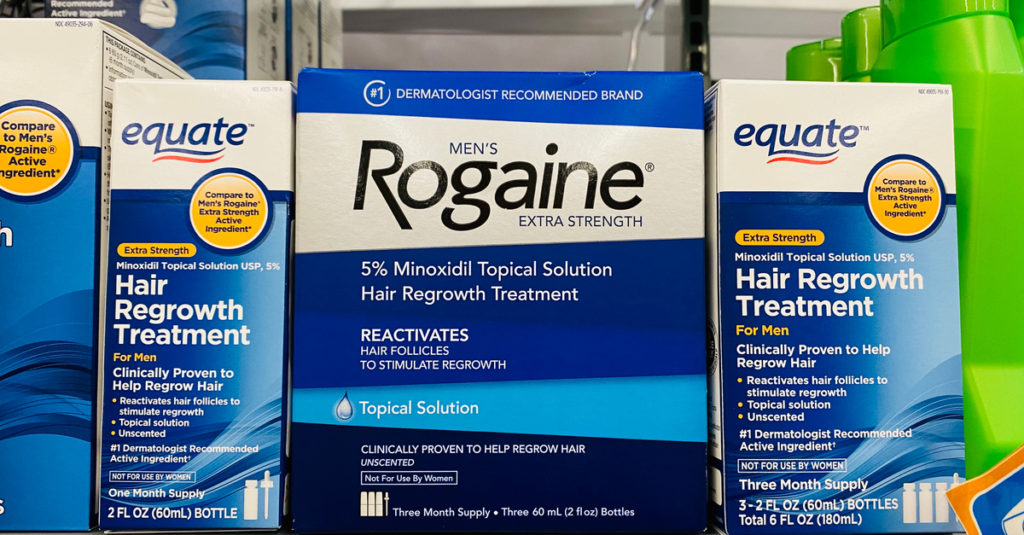
As mentioned, hereditary hair loss is the most common cause of hair thinning and baldness in both men and women.
The two medications most commonly used to treat this condition are minoxidil and finasteride.
1. Minoxidil
Minoxidil is also known as Rogaine. It’s typically applied to the scalp twice daily, and it’s available over the counter.
This hair loss treatment can be used by both men and women. In some cases, minoxidil has been shown to slow hair loss. And after four to eight months of use, this drug may cause some hair to regrow.
Some people experience side effects when using minoxidil. These may include scalp irritation and burning. This drug may also cause scaling of the scalp.
Keep in mind that if you stop using minoxidil, it’s likely that any gains you’ve made regarding hair retention and regrowth over the course of your treatment will be reversed.
2. Finasteride
Finasteride is also known as Propecia or Proscar. It’s a pill that’s available by prescription only, and it works by preventing a type of testosterone that hinders hair growth from forming. In higher strengths, this medication is also used to treat non-cancerous enlargement of the prostrate gland.
When it comes to outcomes, finasteride generates better results than minoxidil. According to Harvard Medical School, finasteride prevents hair loss in up to 99 percent of men with hereditary pattern baldness. Also, it spurs new hair growth in two-thirds of the men who use it.
As far as side effects go, a small percentage of the men who use this medication develop problems with sexual performance.
Finasteride has mainly been used to treat men. It can cause birth defects if a woman becomes pregnant while taking this drug.
As with minoxidil, finasteride is a lifetime proposition. If you stop taking it, whatever hair you’ve managed to retain or regrow over the course of treatment will likely be lost.
Natural solutions for healthy hair growth
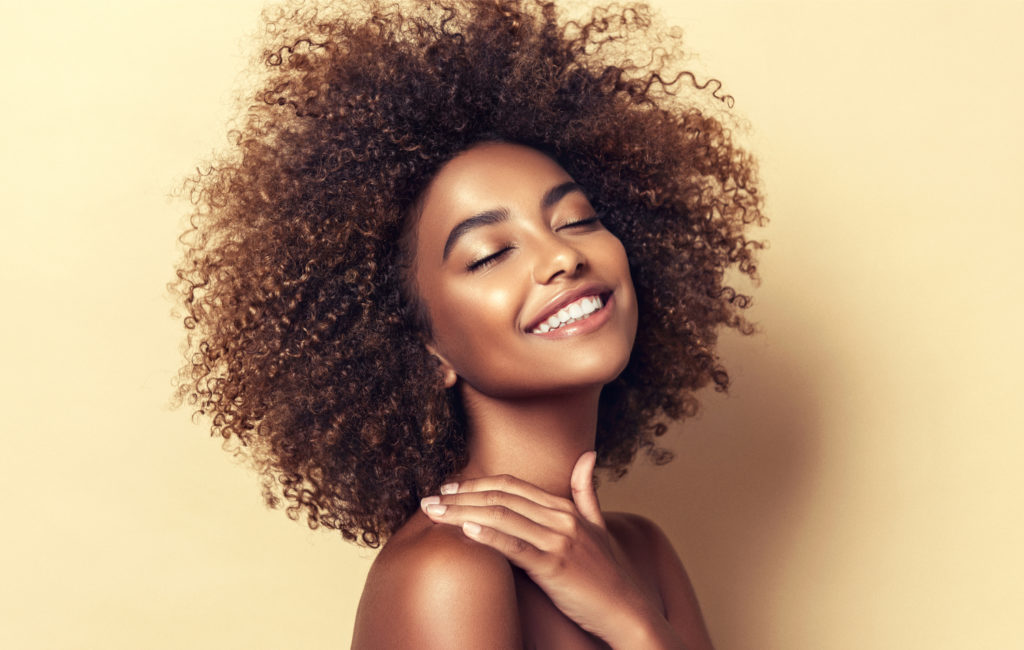
Here are some natural solutions that support healthy hair growth:
1. Check your biotin, iron and zinc levels
As mentioned, hair loss may occur if there isn’t enough biotin, iron or zinc in your diet. In cases like this, supplementing with these nutrients can help stop hair loss and foster regrowth.
Wondering whether your hair loss has been caused by this type of deficiency? A blood test will be able to determine if this is the case. You can schedule a blood test with your dermatologist.
2. Monitor your protein intake
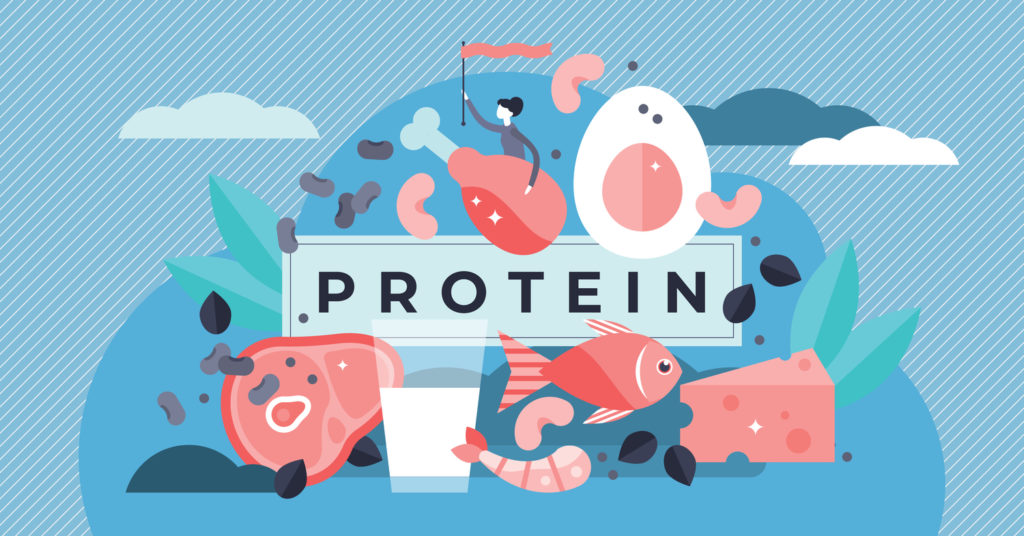
Your hair is literally made of protein, and it needs this nutrient to flourish and thrive. If your diet is low in protein, your hair may be less thick and healthy than it could be.
When it comes to protein, the Dietary Reference Intake (DRI) is 0.35 grams per pound. That works out to roughly 56 grams per day for the average sedentary man and 46 grams per day for the average sedentary woman.
Eating healthy protein foods such as lean beef and pumpkin seeds can help boost your intake.
3. Avoid damaging chemical treatments
Chemical treatments such as hair coloring, perms and relaxers can permanently damage your hair follicles, and this can cause hair loss. If you want to color your hair, consider natural alternatives such as henna and indigo.
4. Don’t smoke
Smoking can damage hair follicles, and this could eventually cause hair loss. Don’t take up smoking. If you’re already a smoker, try to break the habit if you want to protect the health of your hair (and your lungs).
5. Try pumpkin seed oil
When taken orally, pumpkin seed oil has been shown to promote hair growth in men. A 2014 study showed that a daily dose of 400 milligrams resulted in a 40 percent increase in hair count over a 24-week period.
6. Apply peppermint and rosemary essential oils
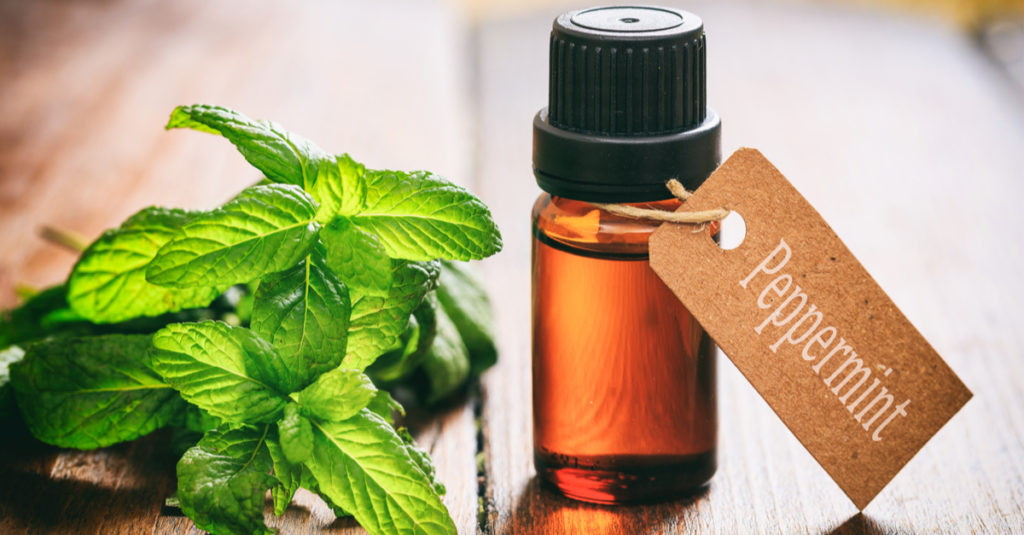
Essential oils have many therapeutic benefits. Research indicates that peppermint and rosemary essential oils may increase hair growth when applied directly to the scalp.
In a 2014 study, peppermint essential oil generated more hair growth than minoxidil. And a 2015 study showed that rosemary essential oil was just as effective as minoxidil in treating hereditary hair loss.
7. Treat underlying conditions
In some cases, hair loss is a symptom of an underlying condition. For example, as we’ve mentioned, it’s often associated with thyroid disease.
Stay on top of your health, and treat underlying conditions before they have a chance to trigger unpleasant consequences. Being proactive in this way will help you preserve the health of your hair.
8. Look for haircare products made with natural ingredients
Many commercial haircare products contain chemicals that can be harsh on your hair and scalp. Look for choices made with natural ingredients that support hair health. Natural oils such as castor oil, jojoba oil and coconut oil can help your hair look its best.
Next steps
Are you following protocols that support healthy hair growth? If not, take a look at your regimen and use the guidance shared above to make changes that give your hair the assistance it needs to thrive.
Your hair growth is impacted by your overall health, and your health is affected by your diet. If you want to make eating choices that nourish your body, subscribe to Fresh N Lean. We offer five meal plans that support varying diets. Our organic, chef-prepared food is conveniently delivered to your door.
Fresh N Lean is the nation’s largest organic meal delivery service. Our tasty, chef-prepared cuisine is always fresh and never frozen, and we offer convenient meal plans like Protein+, Keto, Paleo, Standard Vegan and Mediterranean. Choose Fresh N Lean for affordable nutrition, delivered to your doorstep.
